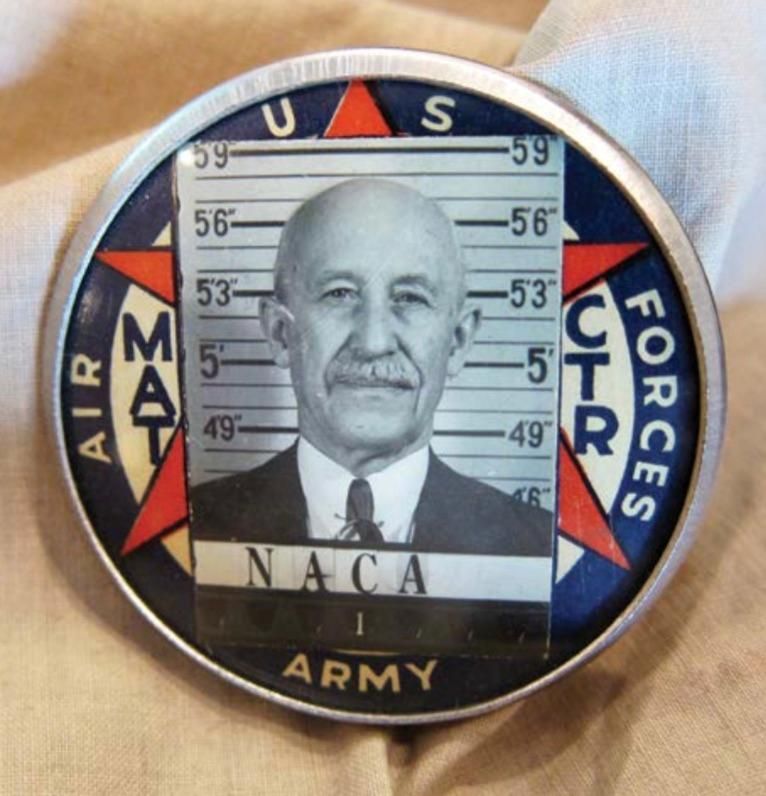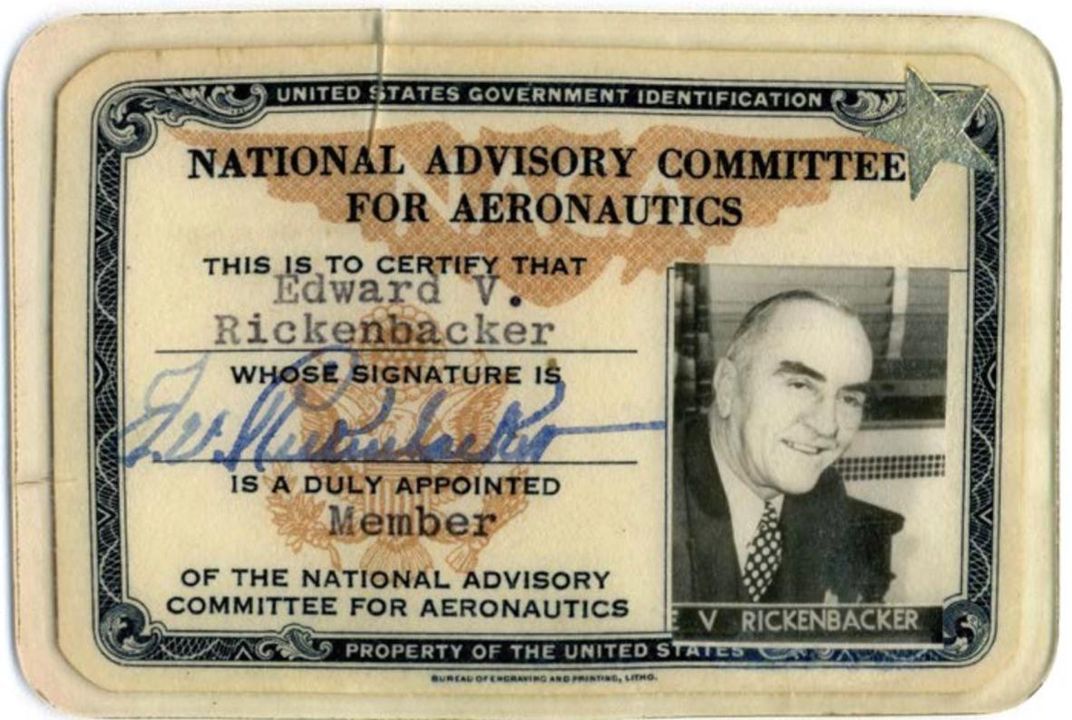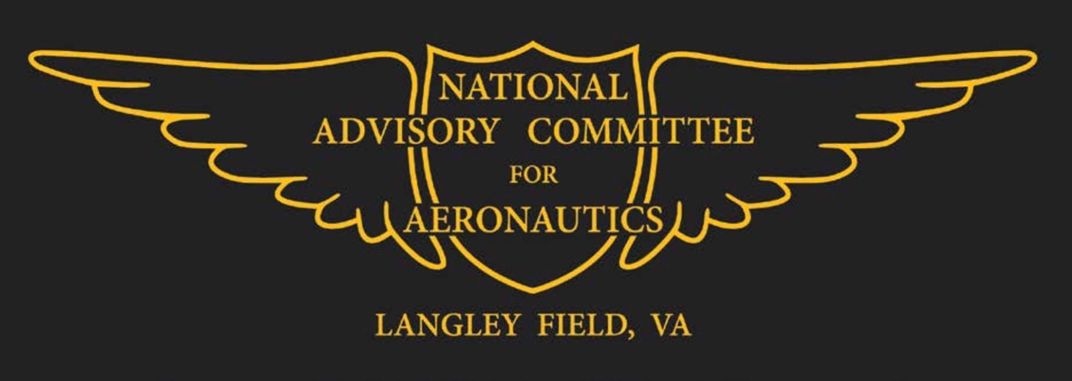Before the Meatball
NASA’s logo may have been cooler, but the NACA emblem was worn by famous pilots like Orville Wright and Eddie Rickenbacker.
:focal(709x473:710x474)/https://tf-cmsv2-smithsonianmag-media.s3.amazonaws.com/filer/00/85/0085e0dc-da8e-4ede-a457-cb691f2f73bf/clousing_with_p-80.jpg)
Most people are familiar with NASA’s famous logos, the classic “meatball” and the now defunct “worm” used in the space shuttle era. But what about the space agency’s predecessor, the National Advisory Committee for Aeronautics (NACA)? Its logo is more obscure, according to Joseph R. Chambers and Mark A. Chambers, authors of the new book Emblems of Exploration: Logos of the NACA and NASA. In fact, the NACA didn’t even have an official insignia for its first 25 years, and the designer of the original logo isn’t known.
Created in 1915, the NACA officially dedicated the Langley Memorial Aeronautical Laboratory and its first wind tunnel in Virginia in 1920. At that time, the building’s architects included an engraving of “a circular symbol containing stylized versions of the letters ‘NACA’ with eagle-like wings on either side” over the main entrance. This embellishment is likely the first use of a winged emblem by the organization. In 1923 the winged emblem showed up on a NACA aircraft, a de Havilland DH-9 biplane. (Unfortunately, no clear photos exist.) A similar emblem can be seen in 1929 photographs of a Fairchild FC-2W2 transport. These were the only two NACA aircraft to carry this emblem, say the authors, and these specific logos were never used again. In the 1930s the wings insignia evolved—periods were added after each letter—but it didn’t become standardized until 1941.
Scroll through the pictures below to see more examples of how the NACA insignia appeared on ID badges and service pins.
Adapted from Emblems of Exploration: Logos of the NACA and NASA with the permission of the publisher.





